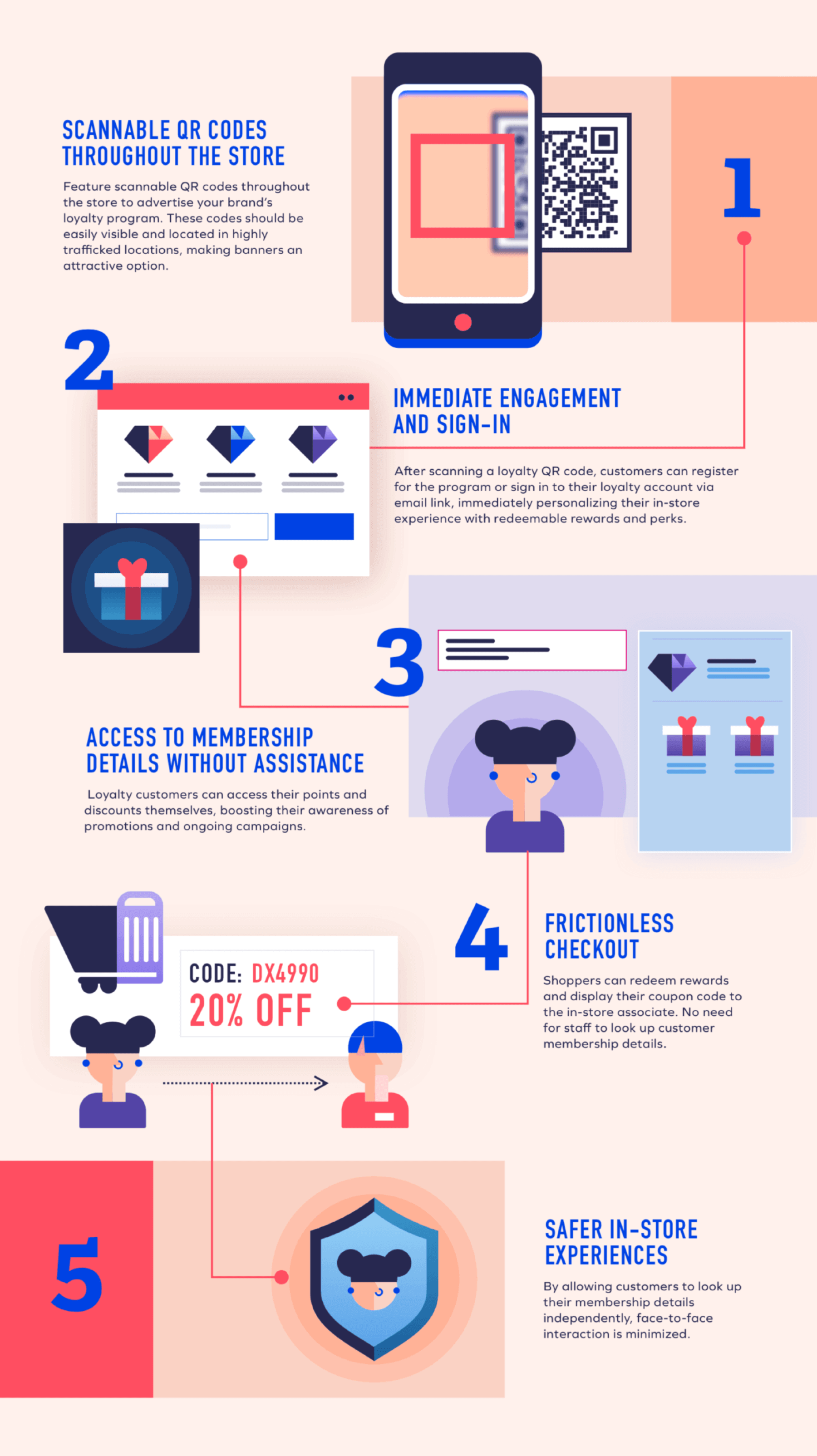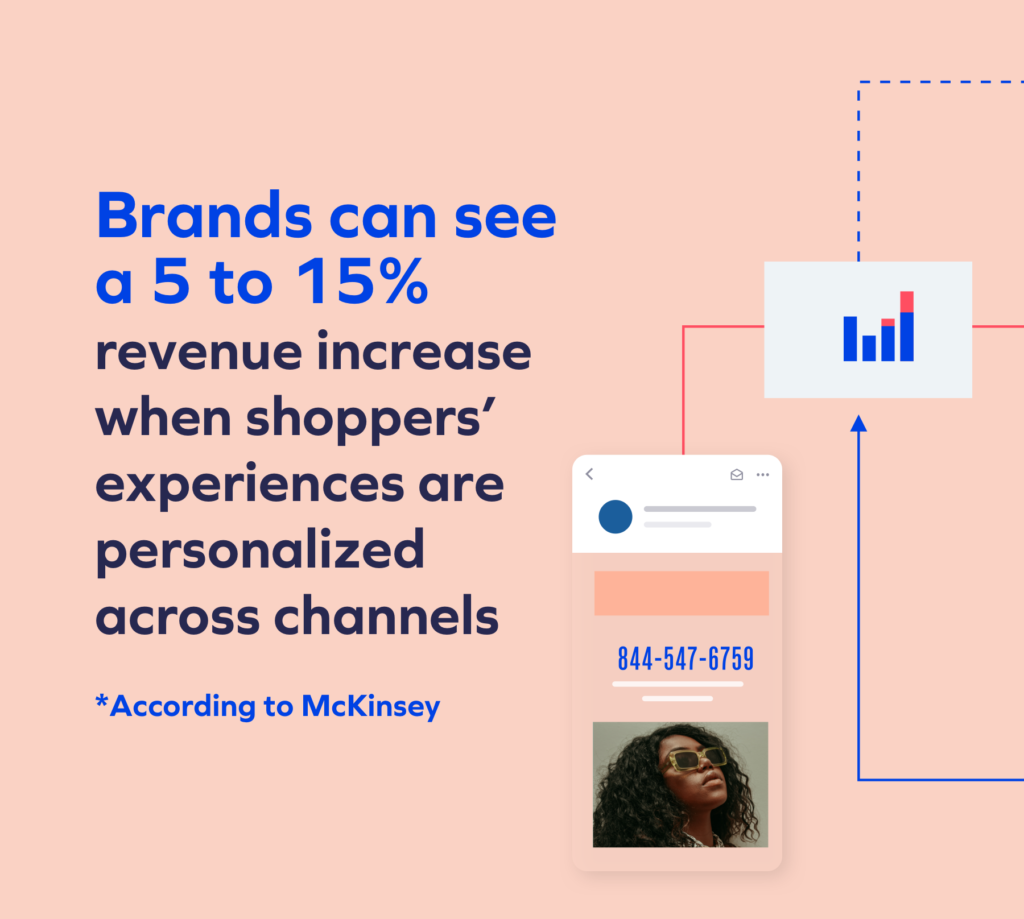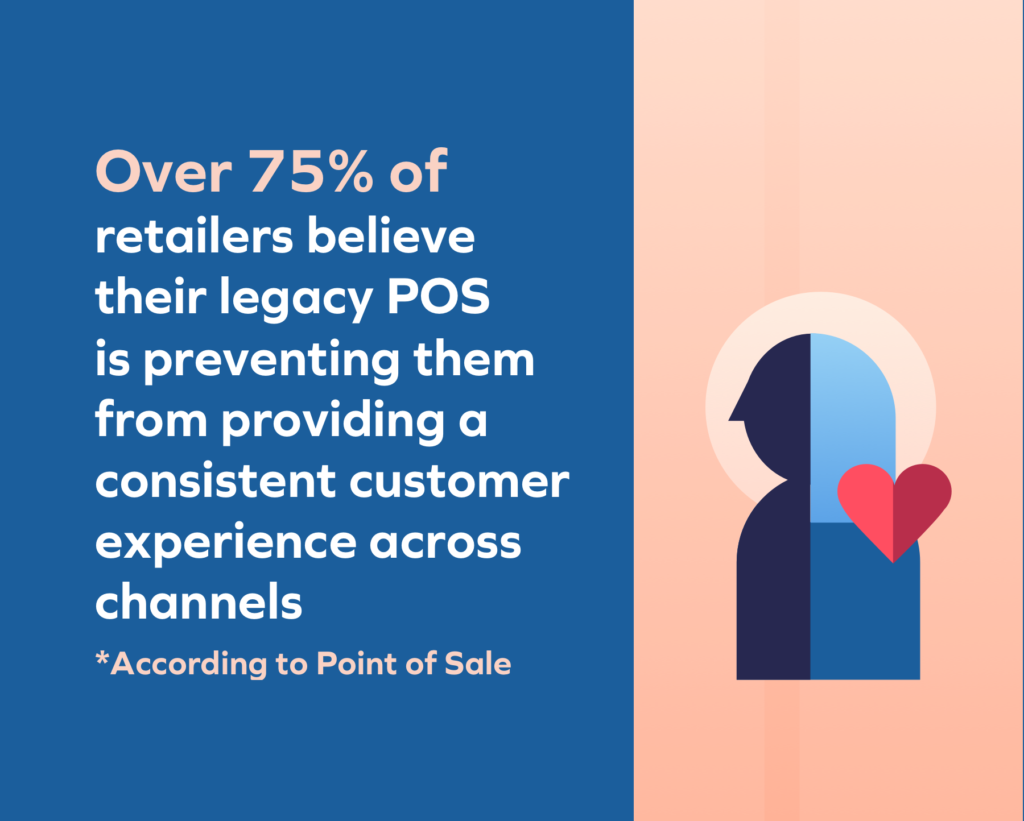Yotpo Loyalty empowers incumbent retailers and digital-first brands to provide exceptional hybrid experiences through sophisticated point-of-sale (POS) integrations, associate-led in-store experiences, and customer-led in-store experiences.
By connecting Yotpo Loyalty to your POS system, brands can enroll, identify, and reward in-store customers — all while collecting data on offline purchase behavior to strengthen shopper profiles.
With Yopto’s robust API and customer-led experiences, incumbent retailers no longer have to worry about the limitations their legacy POS systems present. And, for digital-first retailers, Yotpo Loyalty offers out-of-the-box integrations for several POS providers. Overall, Yotpo creates the key customer-facing touchpoints in physical retail locations that many businesses need to establish.
Online experience
Upon logging into, customers receive a bespoke online experience tailored to their preferences, VIP status, and more; they’re immediately transformed from unknown shopper to known loyalty member. Yotpo Loyalty empowers brands to create reward experiences that drive engagement and inspire customer connection.
Associate-led redemption
Associate-led redemption doesn’t require any changes to the UI of the POS for store associate look-up. Instead, Yotpo Loyalty directly integrates with brands’ POS systems, managing customer details to confirm discounts, order data, customer data, and refund data. Additionally, sales associates can enroll shoppers into the program during checkout, access current members’ points balance, and encourage shoppers to take advantage of their loyalty offers.
Customer-led redemption
Customer-led redemption empowers shoppers to take control of their in-store loyalty experience. Scannable QR codes throughout the brick-and-mortar store prompt customers with an email link to sign in or register for a loyalty program. From there, customers can use their mobile devices to monitor their loyalty status and redeem rewards. After choosing an available discount or perk, shoppers receive a corresponding barcode scanned by a store associate for a frictionless checkout.
Customer-led redemption circumvents buyer hesitation and allows brands to go to market quickly. Shoppers have redeemable rewards at their fingertips, sidestepping any embarrassment they may feel when asking sales associates about discounts. Additionally, customers are incentivized to buy with more awareness of ongoing promotions and their loyalty status.

Steve Madden & Yotpo Loyalty
Like many legacy brands, Steve Madden wanted to rethink their eCommerce presence and drive more D2C business. After switching from a legacy loyalty solution to Yotpo, the brand could replicate the in-store VIP experiences online — ultimately growing their D2C business by 60% year over year.
“To establish a true direct-to-consumer relationship, it is imperative to get eCommerce and omnichannel right. It was a no-brainer to switch to an innovative provider like Yotpo, whose agile, single-platform approach improves our ability to provide a unified customer experience, not just for Steve Madden but across all our brands,” says Jeff Silverman, Steve Madden’s President of Retail & eCommerce.










